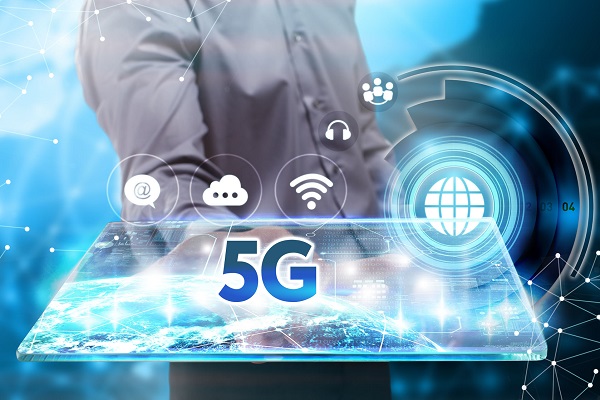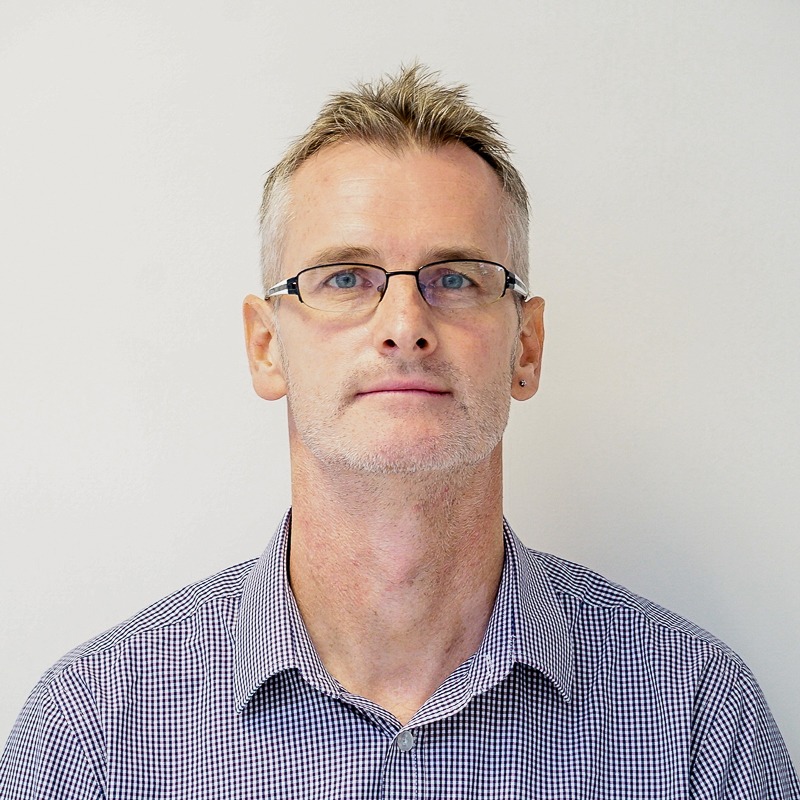Africa's opportunity to make mmWaves with 5G roll out
Africa's opportunity to make mmWaves with 5G roll out

Innovative 5G services, those that will use the unique performance benefits of mmWave spectrum, will generate US$5.2-billion of economic expansion (0.7% of GDP growth) in Sub-Saharan Africa by 2034, according to the GSM Association (GSMA). The organisation describes this as a huge opportunity for Africa's digital economy and says while Europe and the US will see more GDP impact between now and 2034, Sub-Saharan Africa is expected to grow the fastest in the second half of this period.
However, the opportunity depends on the availability of necessary radio frequencies, including those known as 'millimetre wave' frequencies, that will deliver ultra-high capacity and ultra-high-speed services says Akinwale Goodluck, head of Sub-Saharan Africa at the GSMA.
"5G in the mmWaves gives the promise of mobile broadband at fibre-like speeds to homes and offices and widespread implementation of industrial automation, especially processes requiring a high degree of precision that will benefit from the low latency associated with mmWave 5G," he adds.
He continues: "mmWave spectrum is crucial to enable this performance and the 26Ghz and 28Ghz have emerged as two of the most important bands in this range. The number of countries and regions where spectrum is licensed and operators are launching commercial services or conducting trials highlights the growing momentum behind millimetre waves."
According to Goodluck rolling out 5G networks using mmWaves is expected to add US$565-billion to global GDP and US$152-billion in tax revenue from 2020 to 2034 – that is equivalent to 25% of the overall value created by 5G.
But mmWave is essential for 5G to have a transformative impact argues the GSMA.
"5G requires low, high and mid-band frequencies for all coverage and capacity needs. mmWave provides the highest capacity and the highest performance which can set new benchmarks in industrial productivity, entertainment services and smart transport – as well as deliver enhanced education and healthcare services," says Goodluck.
5G's future in the balance
However, the GSMA believes that efforts by the European space industry "to unreasonably constrain the use of these critical frequencies" has 5G's future hanging in the balance.
Goodluck says: "The ITU has a four-year period to deal with technical issues, including co-existence between different users, leading up to the WRC. Some studies related to the 26Ghz band – including those accepted by governments in Africa, the Arab world and the Americas, show that 5G can work well and not impact other users. However, the European space sector continues to claim that 5G needs heavy technical limits that would restrain the use of spectrum."
"We all want to protect weather satellites, but the GSMA is supported by a lot of countries in believing these heavy limits are not necessary: we can have weather satellites and 5G and the science proves it."
The GSMA explains that international coordination is essential to achieving widespread spectrum harmonisation for mobile services and it affects all governments.
Goodluck adds: "Many benefits result from harmonising spectrum. First spectrum harmonisation creates economies of scale by reducing deployment costs and making devices more affordable. Second, its helps deploy services into the market sooner. Third, it reduces cross-border interference and facilitates international roaming."
"The ITU process is time intensive and it takes years to study and agree on harmonised use and allocation of bands. Weather satellites are a global system and we need to find a global, harmonised agreement that ensures that 5G and weather satellites can coexist. This also will help build a global 5G ecosystem and create stronger economies of scale."
Goodluck stress the need for a fact-based approach to 5G roll out and careful consideration of how the technology actually works and "tried and tested approaches to managing interference issues without adopting overly restrictive protections."
5G is going to provide a superfast network that will connect many more people and things, he adds.
"At a high level, governments and regulators need to consider market structures that will foster a pro-investment and pro-innovation environment for the development of the 5G mobile ecosystem. To this end, policy-makers, as vocal proponents of mobile network evolution and technology-led economic growth, should create the conditions for efficient and timely next-generation network deployment while reducing the regulatory costs for operators. Specifically, regulatory focus should be on the following four key areas: network deployment, network flexibility, spectrum access, and regulatory costs, in order to bring 5G in particular, and next-generation connectivity more generally, to fruition."
'When' rather than 'if'
The advent of the 5G era in Africa is a question of 'when' rather than 'if' says Goodluck.
"There have been a number of tests in South Africa and commercial 5G service launches in South Africa and in Lesotho. Other markets are actively investigating how to facilitate trials and commercial launches. Enterprise segment will drive initial uptake and by 2025 we will begin to observe an apparent increase in the number of deployments in the region."
According to the GSMA executive, by 2025 there will be 28 million 5G connections in the region, equivalent to 3% of total mobile connection s, with commercial services available in at least seven markets, including Kenya, Nigeria and South Africa.
